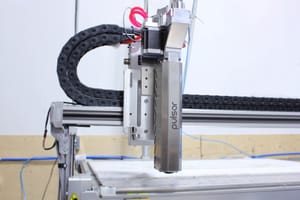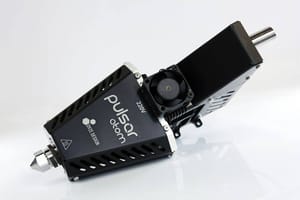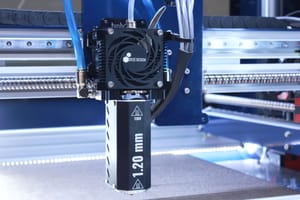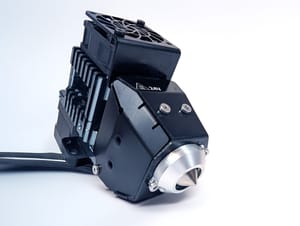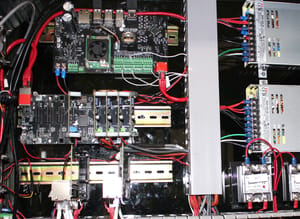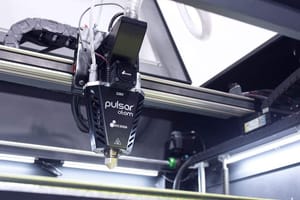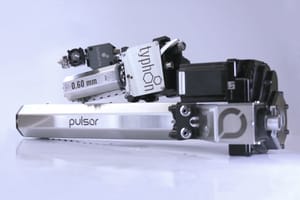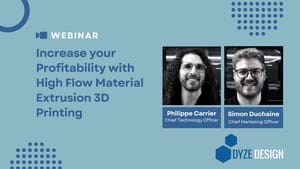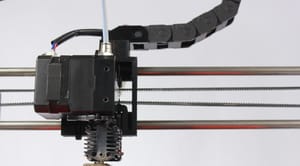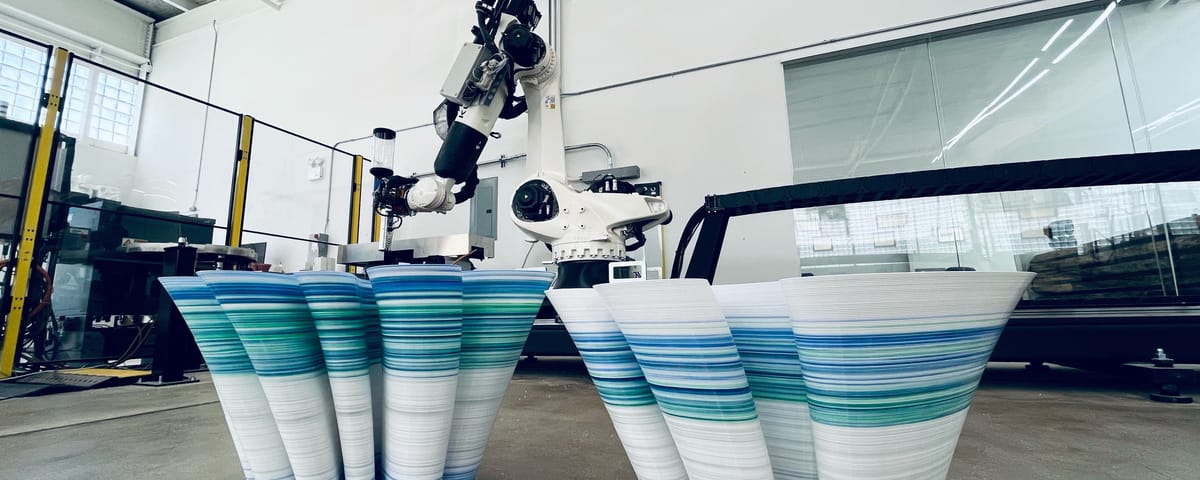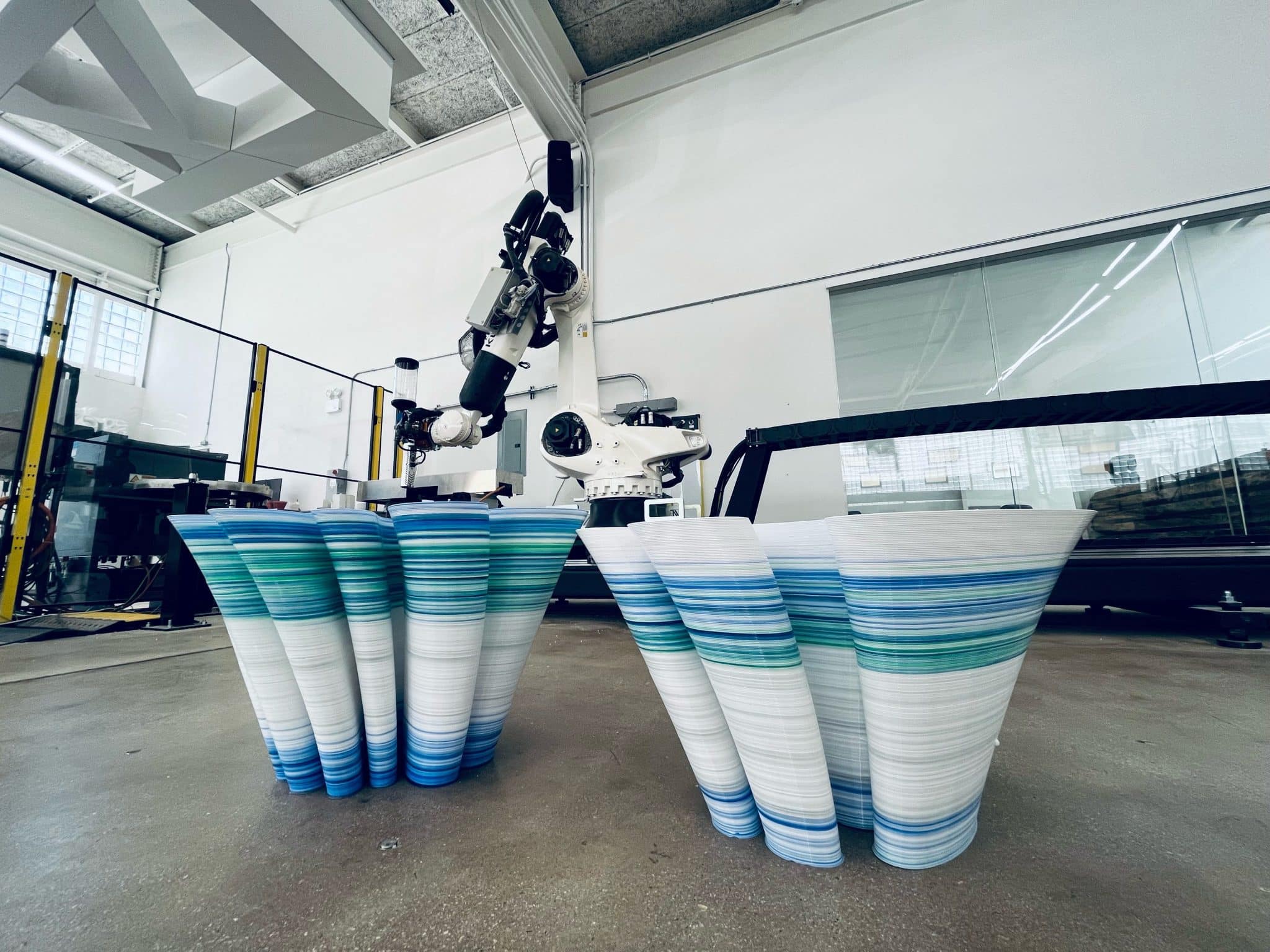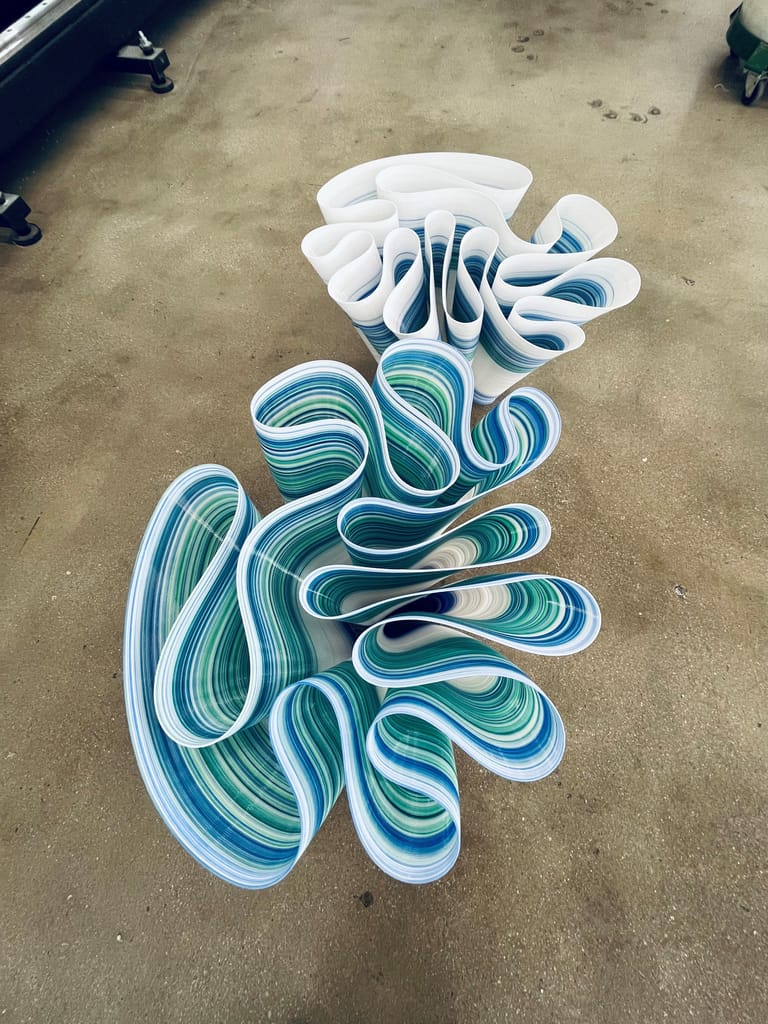How the Pulsar™ pellet extruder improved art & architectural design fabrication
Eventscape is a company based in New York that makes custom art & architecture fabrication. They build architectural design in different materials like wood, metal, glass, composites, textiles, and integrating lighting, digital media and electronics.
Why using 3D printing?
Eventscape started using 3d printing in their fabrication process after learning about the pros and cons of traditional subtractive manufacturing. Compared to milling, additive manufacturing reduces material waste and improves workflow. One of the primary reasons Eventscape wanted a 3D printer was to reduce waste. Compared to milling or laser cutting, additive manufacturing produces fewer material wasters.
Challenges
Long Printing time
Eventscape wanted 3D printing to improve their workflow. It was necessary for the extruder to be able to print quickly. On the market, it’s hard to find a fast extruder at a low price.
Build Volume Limitations
Most 3D printers have limited printing space, and the parts that Eventscape fabricated would have required a very large 3D printer. A medium-sized robotic arm allows to have more printing space, but extruders (end effectors) that can be mounted on such arms are uncommon.
Lots of Waste in Traditional Manufacturing Techniques
Subtractive manufacturing like laser cutting or milling creates a lot of waste. It was important for Eventscape to find a way to reduce the quantity of waste in their process.
How Dyze Design Helped?
Eventscape could easily mount the Pulsar pellet extruder on their medium size robotic arm and have no bed size limitations. In terms of speed/affordability, the Pulsar is one of the best. It allows printing 500mm3/s of material and cost less than 10 000 USD.
